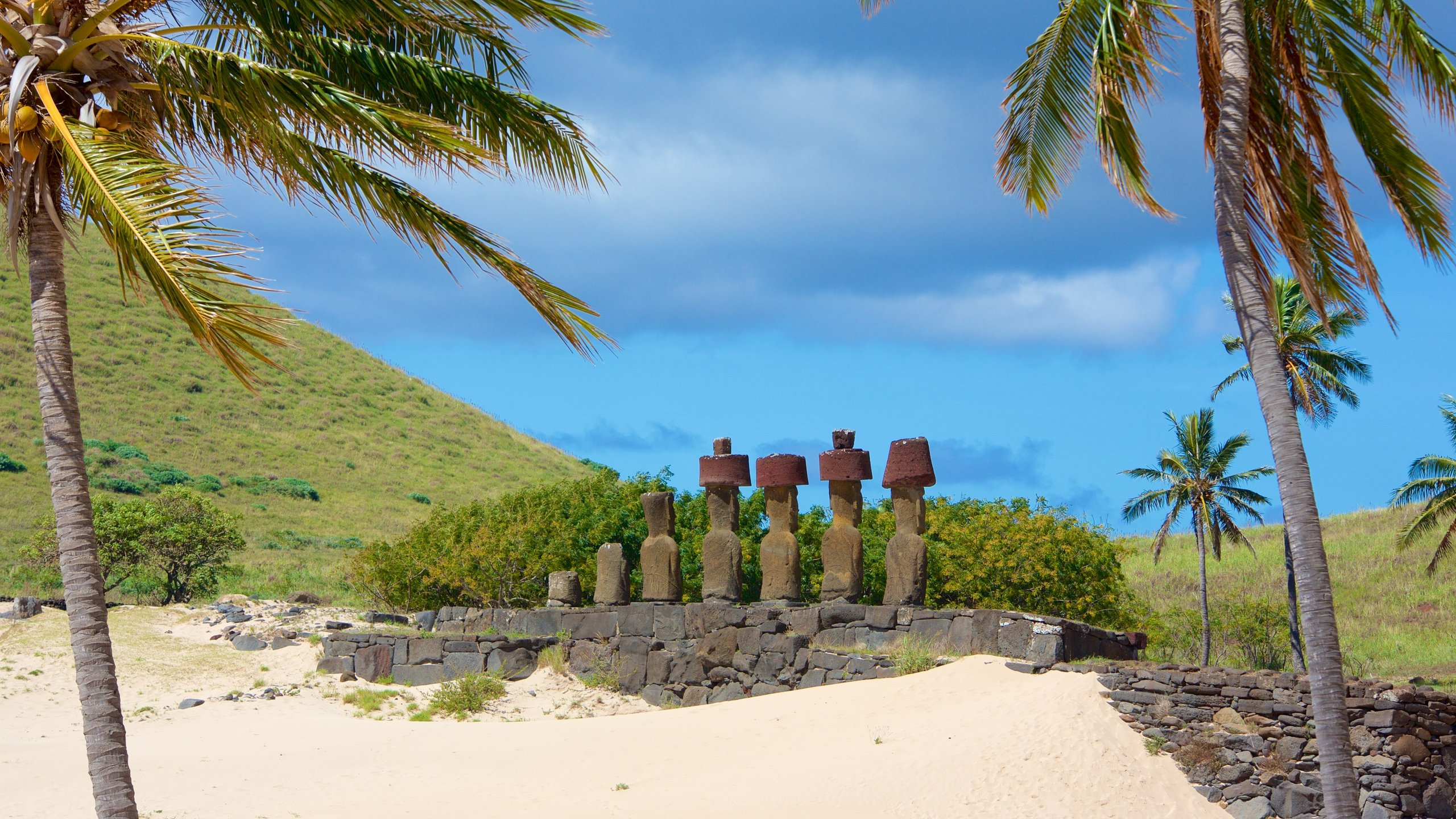Easter Island, also known as Rapa Nui, is one of the most remote inhabited islands in the world. Situated in the southeastern Pacific Ocean, this Chilean territory is renowned for its enigmatic moai statues, lush landscapes, and vibrant Polynesian culture. The island’s isolation and unique history make it a fascinating destination for travelers seeking both mystery and beauty.
Table of Contents
Geography
Easter Island is located approximately 3,700 kilometers west of Chile, in the southeastern Pacific Ocean. The island spans about 163.6 square kilometers and is the easternmost point of the Polynesian triangle. The island’s volcanic origin is evident in its rugged terrain, featuring three primary volcanic craters: Rano Kau, Rano Raraku, and Maunga Terevaka. These craters, along with a series of stunning coastal cliffs and fertile plains, contribute to the island’s dramatic landscape.
The island’s central volcanic craters are home to freshwater lakes and lush vegetation, providing a stark contrast to the surrounding arid coastal areas. The diverse geography includes volcanic mountains, deep ravines, and expansive beaches, creating a varied and visually striking environment. The island’s location also influences its subtropical climate, characterized by mild temperatures and moderate rainfall throughout the year.
Easter Island’s remote location has contributed to its unique cultural and historical development. The island’s isolation has preserved many of its traditional practices and artifacts, making it a living museum of Polynesian heritage. The interaction between the island’s natural beauty and its cultural significance creates a compelling destination for explorers and historians alike.
States of Easter Island
Easter Island, also known as Rapa Nui, does not have states. It is a single island and is a special territory of Chile. It is administered as part of the Valparaíso Region in Chile.
History
Easter Island’s history is marked by the arrival of Polynesian settlers, the construction of the iconic moai statues, and its eventual encounter with European explorers. The island was first settled by Polynesians around 1200 AD, who established a complex society characterized by intricate social structures, agricultural practices, and ceremonial traditions.
The construction of the moai statues, which began around 1400 AD, represents a significant cultural achievement for the Rapa Nui people. These massive stone figures were erected to honor ancestral chiefs and leaders, symbolizing their mana (spiritual power) and maintaining their influence over the living. The moai statues were crafted from volcanic tuff, with some reaching heights of up to 10 meters and weighing over 80 tons.
In 1722, Dutch explorer Jacob Roggeveen became the first European to visit Easter Island, marking the beginning of external contact with the island. The arrival of Europeans introduced new challenges to the Rapa Nui people, including diseases, slave raids, and cultural disruption. The 19th century saw further upheaval as the island was annexed by Chile in 1888, leading to significant changes in governance and economic conditions.
Throughout the 20th century, Easter Island underwent various phases of restoration and preservation efforts, aimed at protecting its cultural heritage and natural environment. The island was designated a UNESCO World Heritage Site in 1995, recognizing its outstanding universal value and ensuring ongoing conservation efforts. Today, Easter Island remains a testament to the resilience and ingenuity of its people, drawing visitors from around the world to explore its rich history and cultural legacy.
Top Ten Must-Visit Destinations
1. Rano Raraku

Rano Raraku is the quarry where the majority of Easter Island’s moai statues were carved. This volcanic crater is a significant archaeological site, with hundreds of unfinished moai still in place. Visitors can explore the crater’s interior, where they will encounter numerous statues in various stages of completion. The site provides valuable insights into the moai construction process and the island’s artistic heritage.
2. Ahu Tongariki
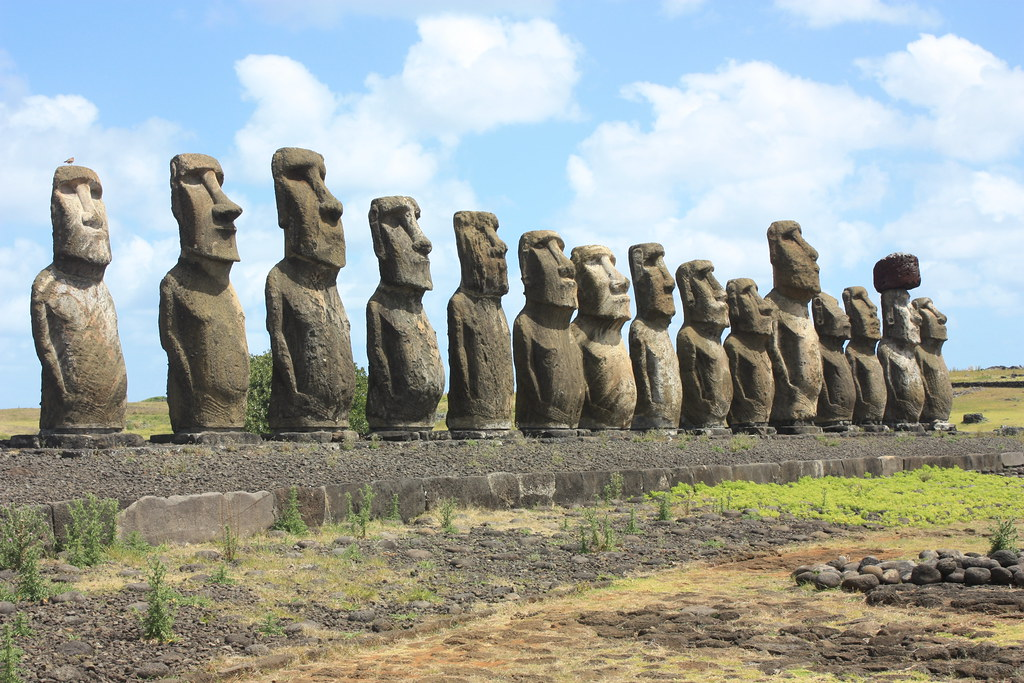
Ahu Tongariki is the largest and most impressive ahu (ceremonial platform) on Easter Island. This site features a row of 15 restored moai statues, including some of the island’s most iconic figures. The platform, located on the southeastern coast, offers breathtaking views of the surrounding landscape and is a prime spot for witnessing the island’s stunning sunsets.
3. Rano Kau

Rano Kau is one of Easter Island’s three volcanic craters and is known for its scenic beauty and historical significance. The crater’s interior contains a large freshwater lake, surrounded by lush vegetation. Visitors can hike to the crater’s rim for panoramic views of the island and the Pacific Ocean. The nearby ceremonial village of Orongo, situated on the crater’s edge, adds historical context to the site’s natural beauty.
4. Anakena Beach
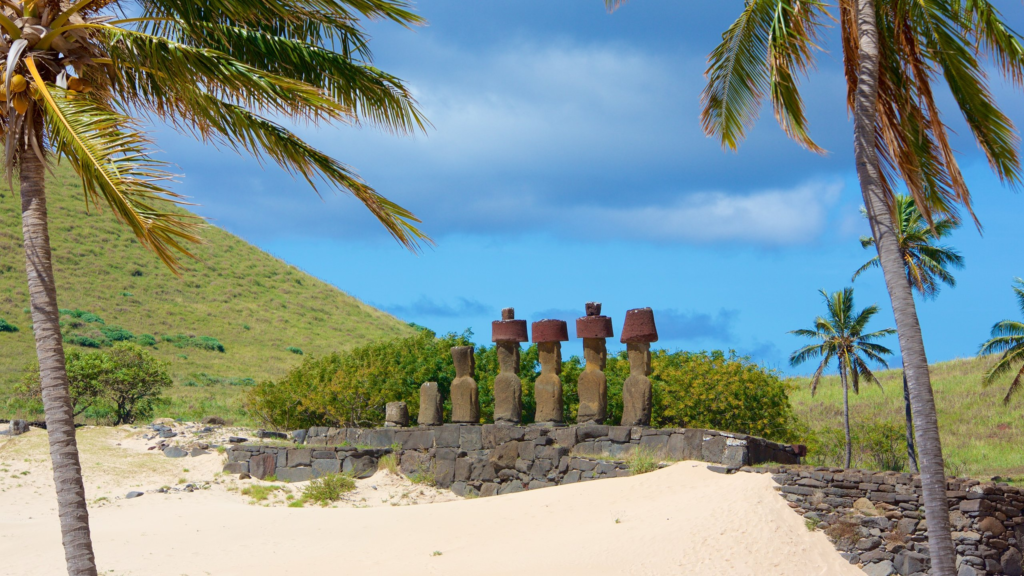
Anakena Beach is one of Easter Island’s most beautiful and accessible beaches. The sandy shores and clear turquoise waters make it an ideal spot for swimming and relaxation. The beach is also home to several moai statues, including Ahu Nau Nau, which are positioned near the shoreline. The combination of natural beauty and cultural heritage makes Anakena Beach a must-visit destination.
5. Ahu Akivi
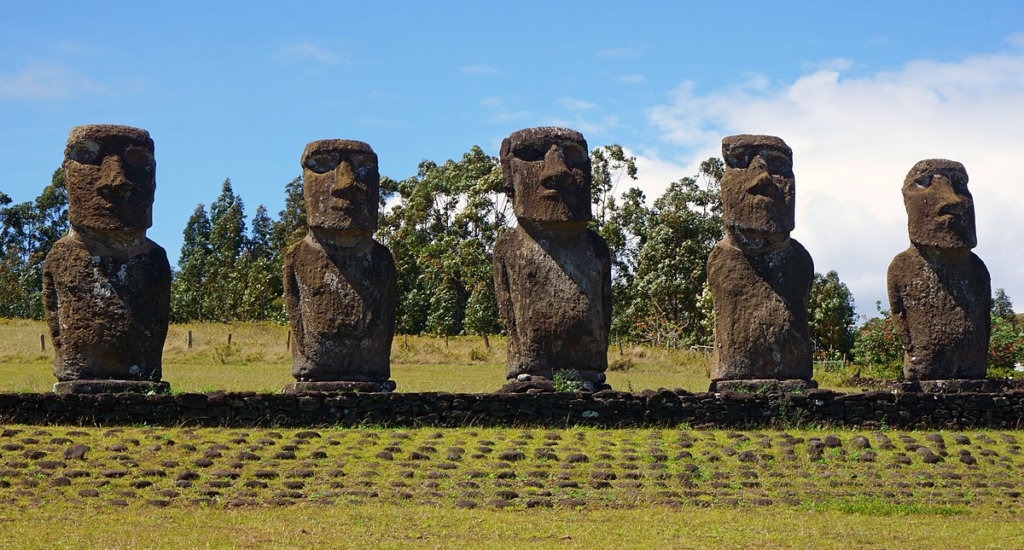
Ahu Akivi is notable for its seven moai statues, which face the ocean, unlike most other statues on the island that face inland. The ahu is located in a scenic setting with views of the surrounding landscape and is believed to represent the island’s first Polynesian explorers. The alignment of the statues with the setting sun during the equinox adds to the site’s cultural significance.
6. Orongo Village
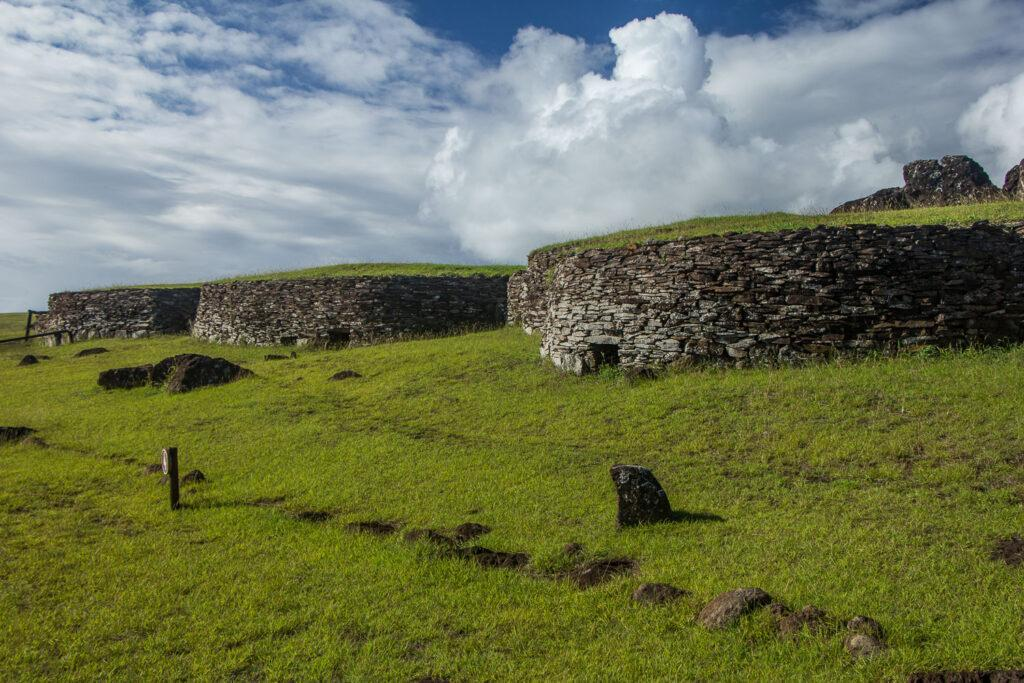
Orongo Village is a ceremonial site located on the rim of the Rano Kau crater. The village was the center of the Birdman Cult, a religious tradition that involved competitive rituals and ceremonies. Visitors can explore the remains of traditional stone houses, petroglyphs, and ceremonial platforms. The site offers insights into the island’s unique spiritual practices and historical significance.
7. Ahu Vaihu

Ahu Vaihu is an archaeological site featuring a series of toppled moai statues and ceremonial platforms. The site, located on the island’s southern coast, provides a glimpse into the historical conflicts and societal changes that affected the Rapa Nui people. The partially restored ahu and surrounding landscape offer a poignant reminder of the island’s complex past.
8. Poike Peninsula

Poike Peninsula is a volcanic peninsula located on the northeastern tip of Easter Island. The rugged terrain and dramatic coastal cliffs provide stunning views of the island and the Pacific Ocean. Visitors can explore the peninsula’s unique geological features, including lava formations and archaeological sites. The natural beauty and remote location make Poike Peninsula a rewarding destination for hikers and adventurers.
9. Ahu Hanga Te’e
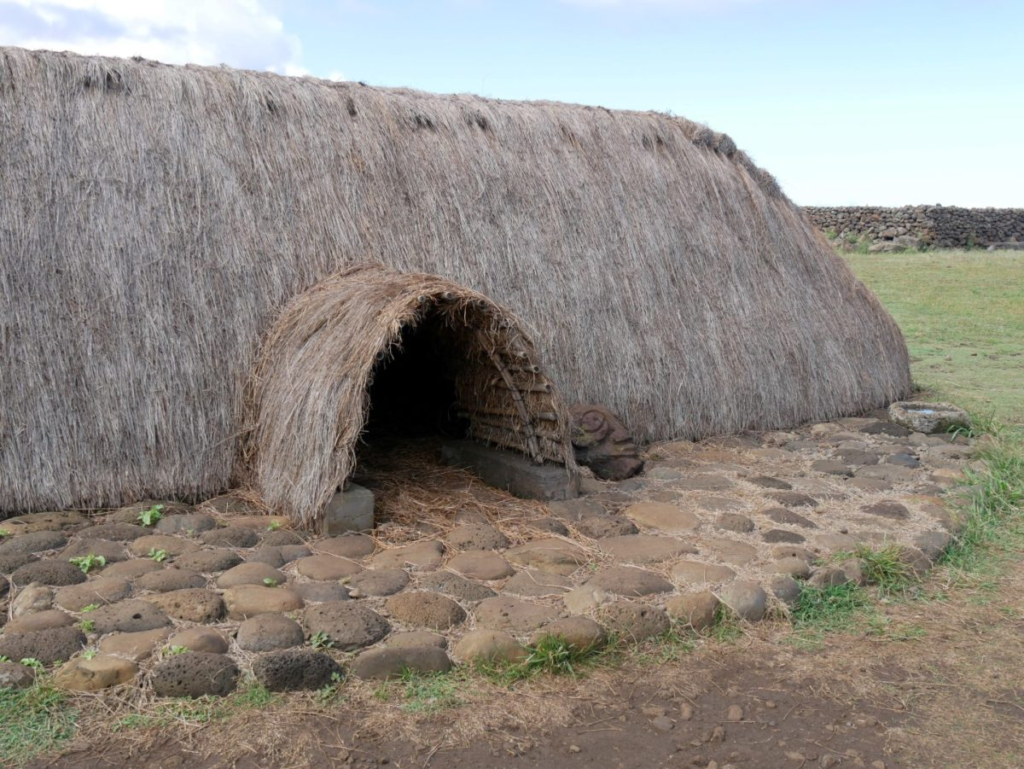
Ahu Hanga Te’e is an ancient ceremonial platform located on the western coast of Easter Island. The site features several moai statues and offers panoramic views of the surrounding landscape. The ahu is significant for its historical and cultural context, providing insights into the island’s religious practices and artistic achievements.
10. Museo Antropológico Sebastián Englert
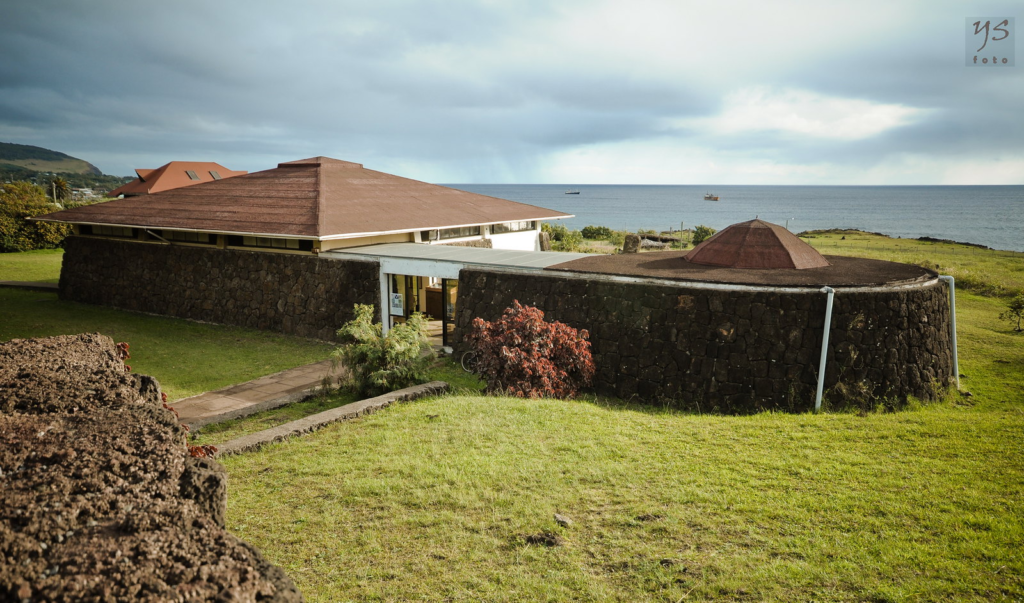
The Museo Antropológico Sebastián Englert, located in Hanga Roa, is the island’s primary museum. The museum houses a collection of artifacts, sculptures, and exhibits related to Easter Island’s history and culture. Visitors can learn about the island’s moai statues, traditional crafts, and historical events. The museum provides valuable context and educational resources for understanding the island’s heritage.
Culture
Easter Island’s culture is a unique blend of Polynesian traditions and external influences. The Rapa Nui people maintain a rich cultural heritage, expressed through their traditional practices, art, and ceremonies. The island’s language, Rapa Nui, is an integral part of its cultural identity, along with traditional music, dance, and oral storytelling.
Traditional practices, such as carving and weaving, continue to be an essential aspect of Rapa Nui culture. The moai statues, which symbolize ancestral power and spiritual significance, are central to the island’s cultural narrative. Festivals and ceremonies, including the Tapati Rapa Nui festival, celebrate the island’s heritage and bring together locals and visitors in vibrant cultural expressions.
Economy
Easter Island’s economy is primarily driven by tourism, which plays a crucial role in supporting the local community and preserving cultural heritage. The island’s unique attractions, including the moai statues and natural landscapes, draw visitors from around the world. Additionally, the local economy includes subsistence agriculture, fishing, and small-scale craft production, providing a means of livelihood for residents.
Cuisine
The cuisine of Easter Island reflects its Polynesian roots and includes a variety of traditional dishes. Seafood, such as tuna and lobster, is a staple of the island’s diet, often prepared with local ingredients like sweet potatoes and plantains. Traditional dishes, such as “umukai” (earth oven-cooked meats and vegetables) and “po’e” (a sweet dessert made from fruit), showcase the island’s culinary heritage.
Top Eight Most Famous Food
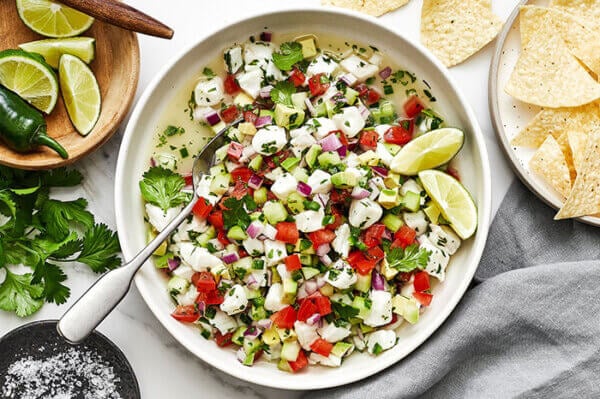


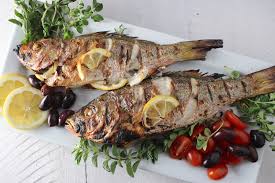


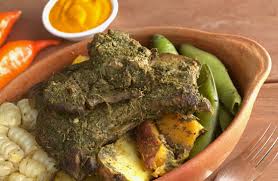
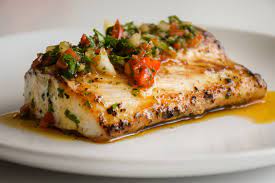
Ten Interesting Facts
- Easter Island is one of the most remote inhabited islands in the world.
- The island is known for its iconic moai statues, with over 900 scattered across the landscape.
- Easter Island was named by Dutch explorer Jacob Roggeveen, who arrived on Easter Sunday in 1722.
- The Rapa Nui people are of Polynesian descent and have a rich cultural heritage.
- The moai statues were carved from volcanic tuff at the Rano Raraku quarry.
- Many moai statues were toppled during internal conflicts in the 19th century.
- The island’s official language is Rapa Nui, alongside Spanish.
- Easter Island is a UNESCO World Heritage Site, recognized for its cultural and historical significance.
- The island’s economy heavily relies on tourism, which supports the local community and preservation efforts.
- The Tapati Rapa Nui festival, held in February, celebrates the island’s cultural traditions with music, dance, and traditional competitions.
Conclusion
Easter Island, or Rapa Nui, is a captivating destination that offers a unique blend of natural beauty, cultural richness, and historical intrigue. From its mysterious moai statues and volcanic landscapes to its vibrant traditions and welcoming community, the island provides a memorable experience for travelers seeking both adventure and discovery. Exploring Easter Island is not only a journey through a stunning environment but also an immersion into a living cultural heritage that continues to inspire and fascinate.

